Problems Of Pomegranates: Learn About Diseases In Pomegranate
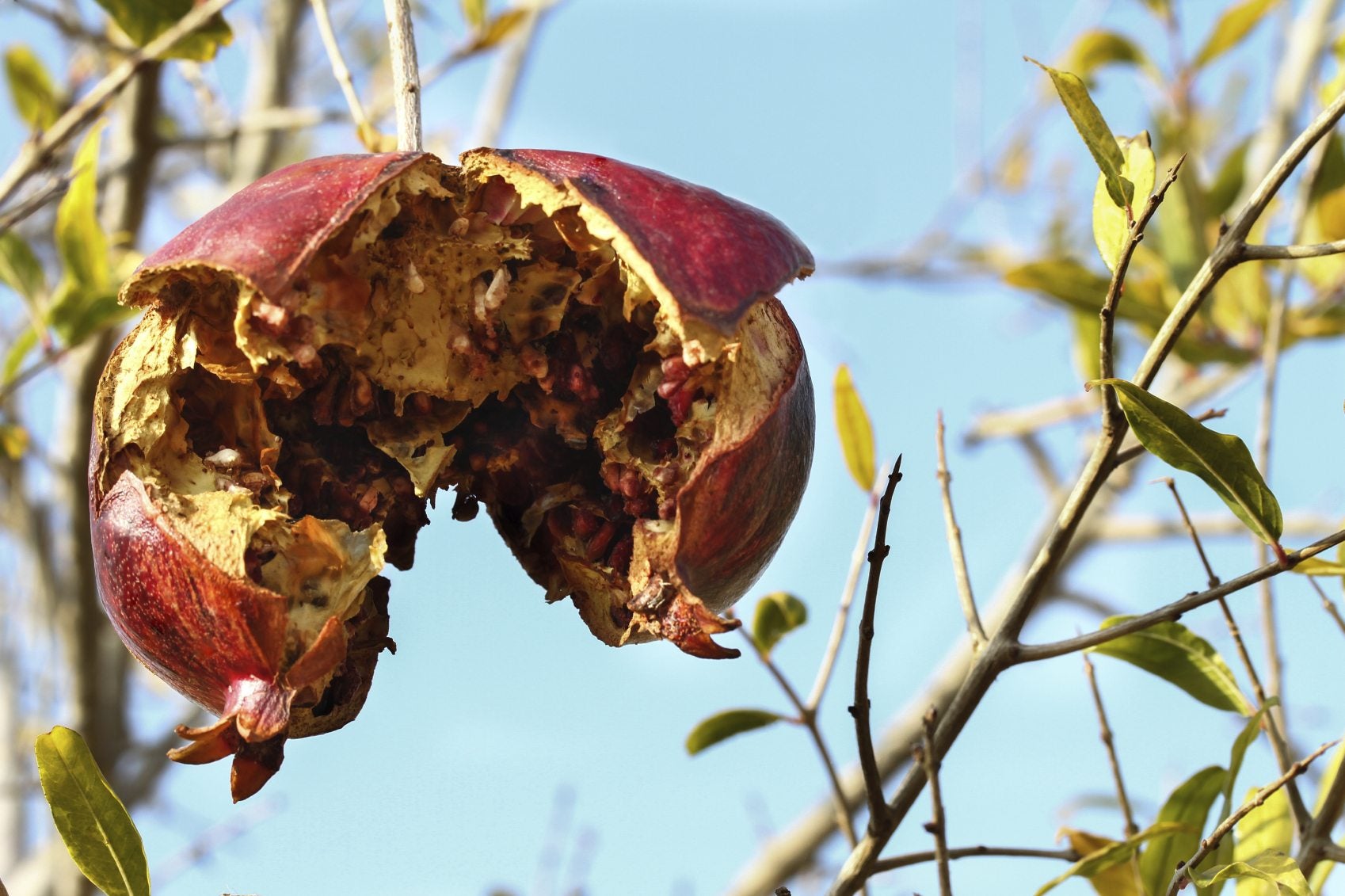

The pomegranate tree originates in the Mediterranean. It prefers tropical to sub-tropical regions but some varieties can tolerate temperate zones. Pomegranate fungal diseases are a common issue in plants grown in wet regions during the spring and early summer. Other diseases in the pomegranate are rarer and not permanently damaging to the tree. Learn the problems of pomegranates and see if this plant is right for you and your region.
Problems of Pomegranates
Pomegranates are fairly vigorous trees or shrubs which adapt well to regions that support citrus plants. There are also varieties suited for semi-temperate zones but these need well-drained soil and protection from excess moisture. Although the plant likes supplemental irrigation in summer for best fruit formation, overly wet soils and humidity can cause a variety of pomegranate tree diseases. There are many methods of treating pomegranate fruit diseases, so don’t despair and keep reading for some solutions. Fungal issues are part of growing pomegranate plants. Pomagranates perform best in areas with hot, dry summers, which means northern gardeners in cooler regions with plentiful rainfall may find raising the tree a challenge. The most frequent complaint is pomegranate tree diseases that affect the fruit. Many fungal issues will cause some leaf drop, but this is generally not enough to affect overall tree health. The fruit is the reason for growing the plant and there are many diseases that will cause splitting, rot and an overall appearance and taste that are unappealing. Start with correct site location and well drained, organically amended soil. Plant the trees 15 to 20 feet (4.5-6 m.) apart to prevent overcrowding and enhance circulation. Fertilize after growth begins with ammonium sulfate divided into four applications starting in February and ending in September.
Specific Pomegranate Fungal Diseases
As the most concerning diseases in pomegranate, fungal issues can be the hardest to control. The frequent agitators are Alternaria fruit rot, Aspergillus fruit rot and Boytrytis.
- Alternaria fruit rot – Alternaria is also called black rot and causes damage to the fruit in the form of wounds and rot on the interior of the fruit. It occurs after heavy rains just when fruit is beginning to form.
- Aspergillus fruit rot – Aspergillus has similar timing and effects as Alternaria fungal issues.
- Botrytris – Botrytis, a gray mold which is familiar to any grower of tropical fruits, infects trees during flowering. Spores infiltrate the flowers and stay in hibernation during fruiting. It is activated during the post harvest wash and spreads like wild fire through all the harvested fruits.
Another occasional fungal issue is Cercospora fruit spot, which will not only cause black rotted spots on the outside of fruit but also compressed black areas on twigs and defoliation. It can actually cause a tree to die over time.
Treating Pomegranate Fruit Diseases
Control of fungal issues should start before the fruit develops in early spring, and continue through summer as fruits mature. Use a copper fungicide according to the directions and promote good circulation by pruning in the dormant season to open the canopy. Many of the exact causes of these diseases are not completely understood, but fungicide use and proper cultivation of the plants can help the tree combat minor infestations. Good healthy trees are less likely to be bothered by minor fungal issues. In the case of Cercospora, removal of diseased leaves, twigs and fruits can help control its spread, along with fungicide application.
Gardening tips, videos, info and more delivered right to your inbox!
Sign up for the Gardening Know How newsletter today and receive a free copy of our e-book "How to Grow Delicious Tomatoes".

Jackie Carroll has written over 500 articles for Gardening Know How on a wide range of topics.
-
 Looking For Plants To Give You The Soft And Fuzzies? Try These 5 Fuzzy Leaf Plant Options
Looking For Plants To Give You The Soft And Fuzzies? Try These 5 Fuzzy Leaf Plant OptionsLovers of texture, drama, silver foliage and tactile plants will adore these special sensory garden additions. These fuzzy leaf plant options will leave you all aglow
By Susan Albert
-
 Get Ready For A Summer Of Hummers! Grow These Full Sun Hummingbird Plants and Flowers
Get Ready For A Summer Of Hummers! Grow These Full Sun Hummingbird Plants and FlowersIf you’re lucky enough to enjoy a sunny backyard, make sure you are maxing out on your pollinator opportunities and grow these full sun hummingbird plants and flowers
By Tonya Barnett
-
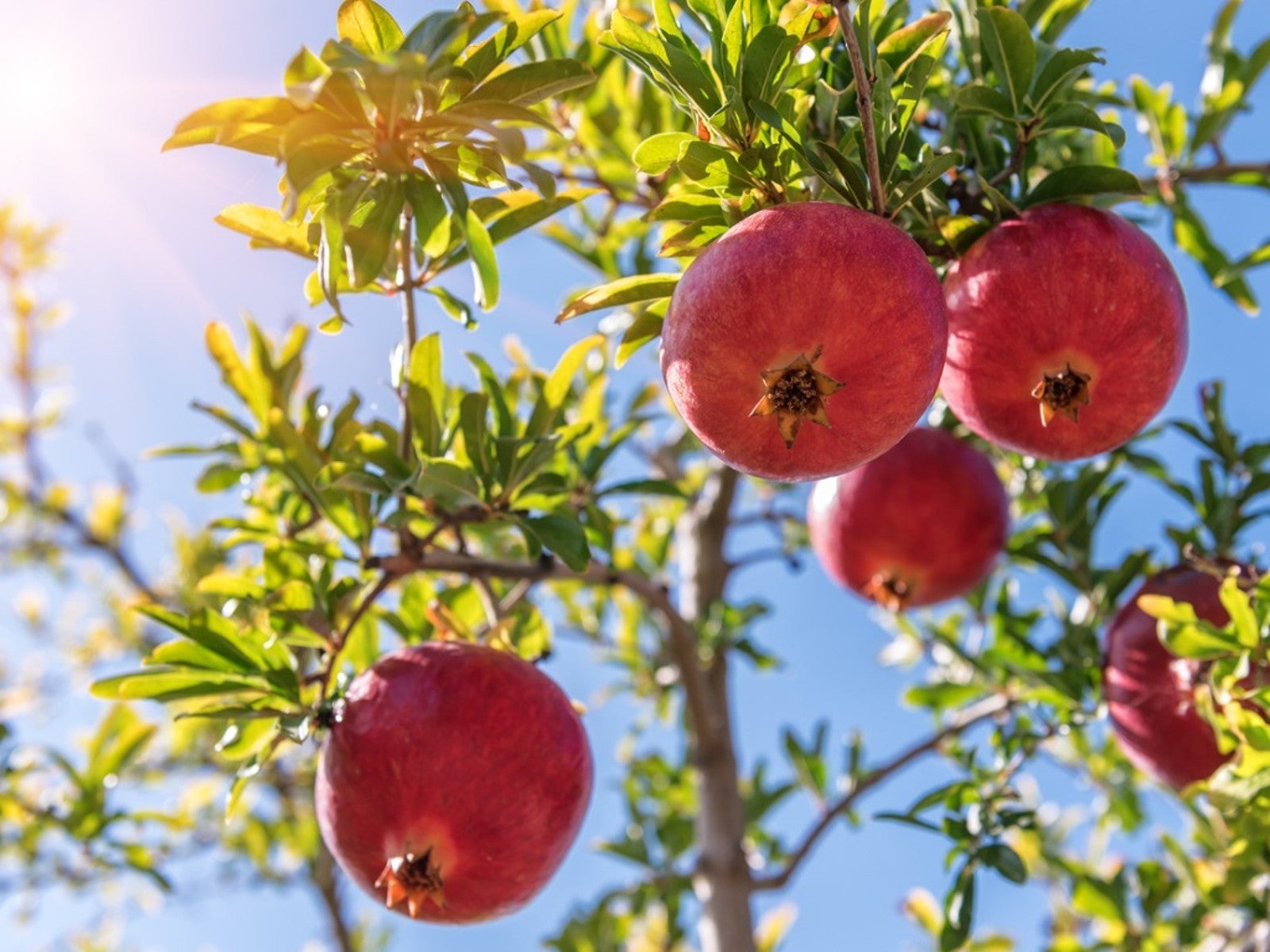 Replanting Container Grown Pomegranate – Tips On Transplanting Potted Pomegranates Outside
Replanting Container Grown Pomegranate – Tips On Transplanting Potted Pomegranates OutsideIt’s pretty easy to transplant a potted pomegranate outdoors. Click for more information on moving a potted pomegranate.
By Teo Spengler
-
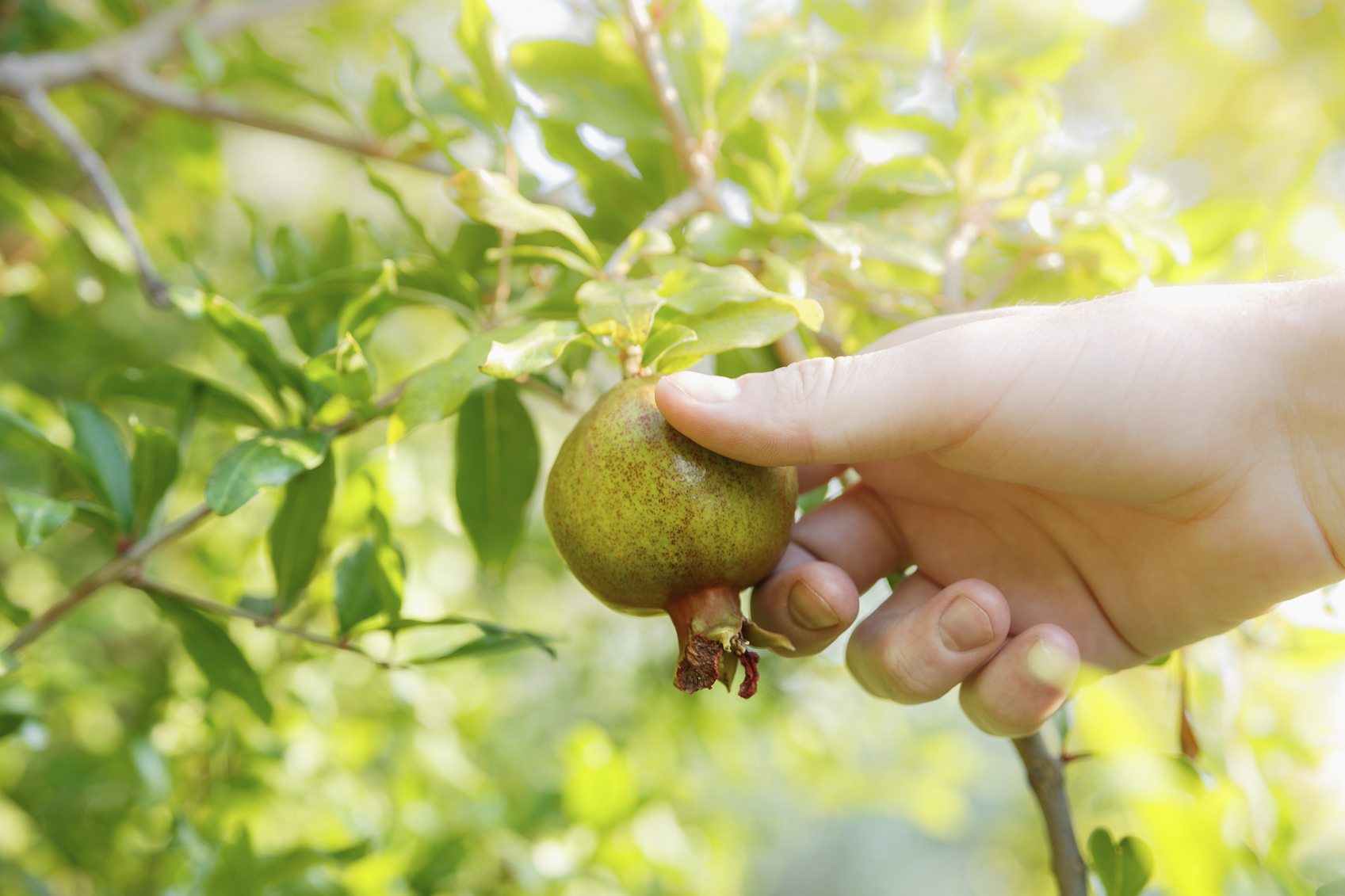 Picking Pomegranates – Learn About Harvesting Pomegranate Fruit
Picking Pomegranates – Learn About Harvesting Pomegranate FruitPomegranates have become so popular that many people in USDA zones 7-10 are trying their hand at growing and picking their own pomegranates. So how and when do you harvest pomegranates? Click this article to learn more.
By Amy Grant
-
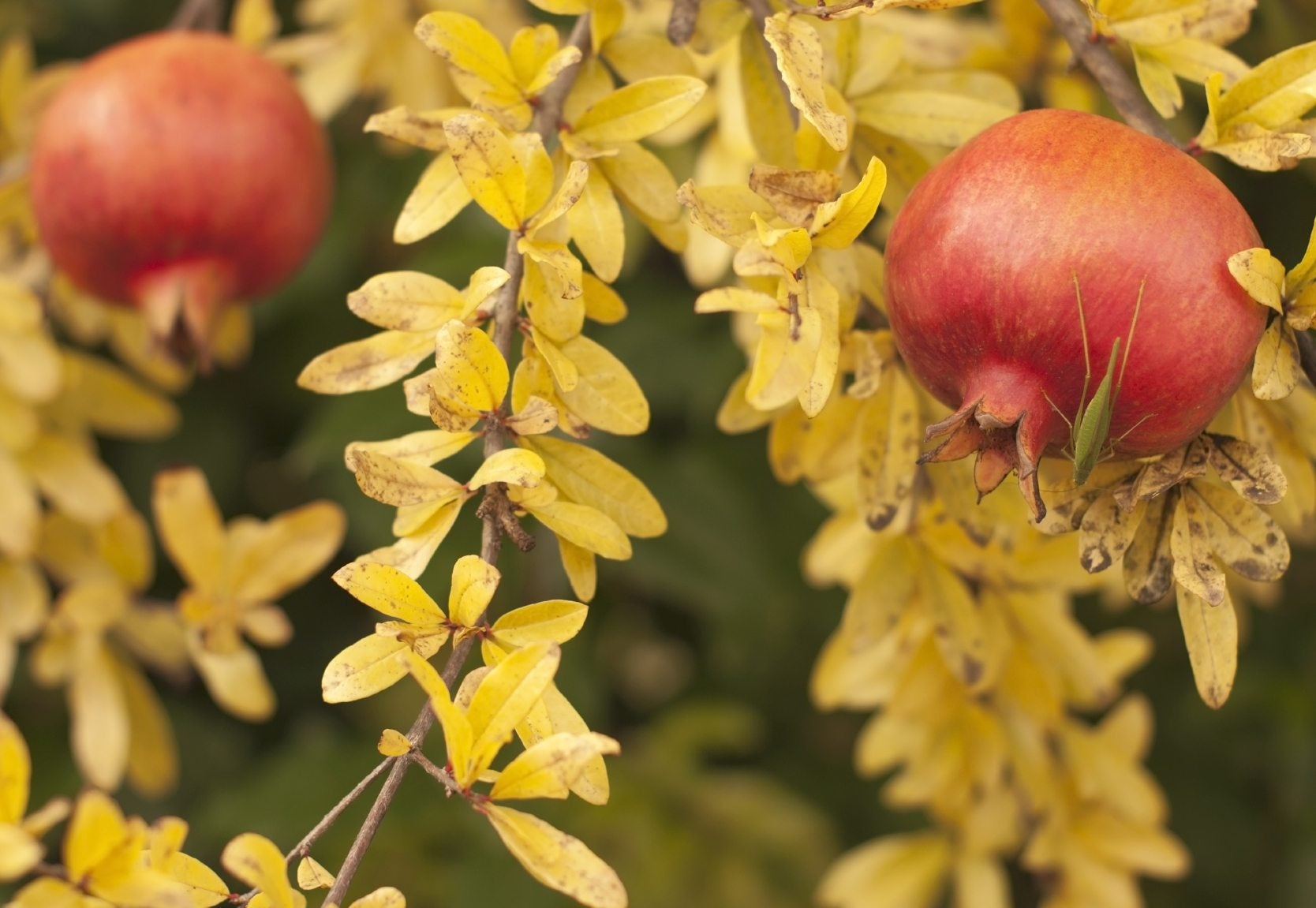 Yellowing Leaves On Pomegranate: Why Pomegranate Leaves Turn Yellow
Yellowing Leaves On Pomegranate: Why Pomegranate Leaves Turn YellowGrowing a pomegranate tree can be a rewarding experience filled with delicious fruits and beautiful juice, but growing these fruit trees isn't all paradise. If your plant is looking a little off, with yellowing leaves, click here to learn how to save it.
By Kristi Waterworth
-
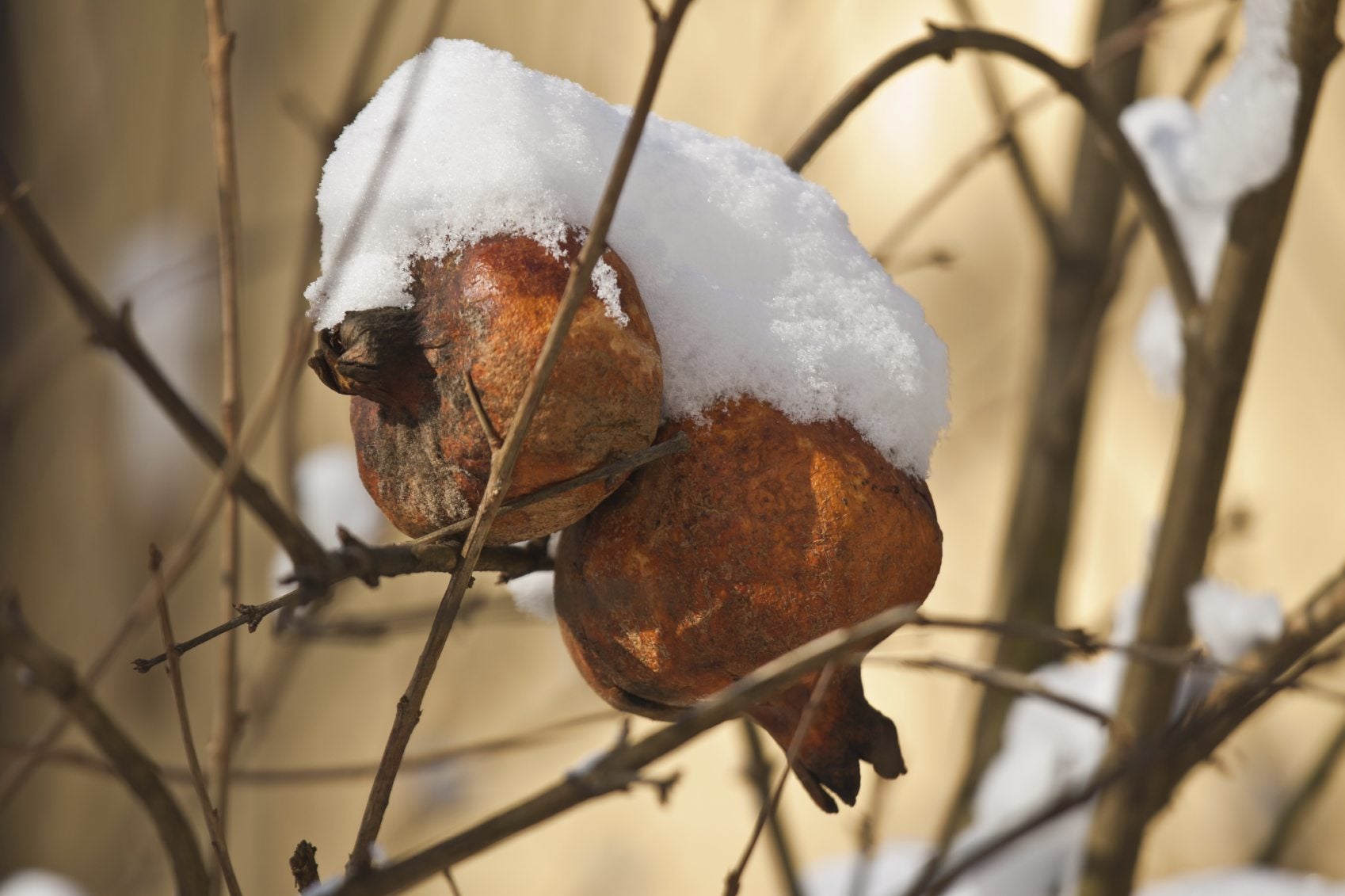 Pomegranate Winter Care: How To Care For Pomegranate Trees In Winter
Pomegranate Winter Care: How To Care For Pomegranate Trees In WinterPomegranates hail from the far eastern Mediterranean so as you may expect they appreciate plenty of sun and should be protected in the winter time. How do you go about overwintering pomegranate trees? Find out in this article.
By Amy Grant
-
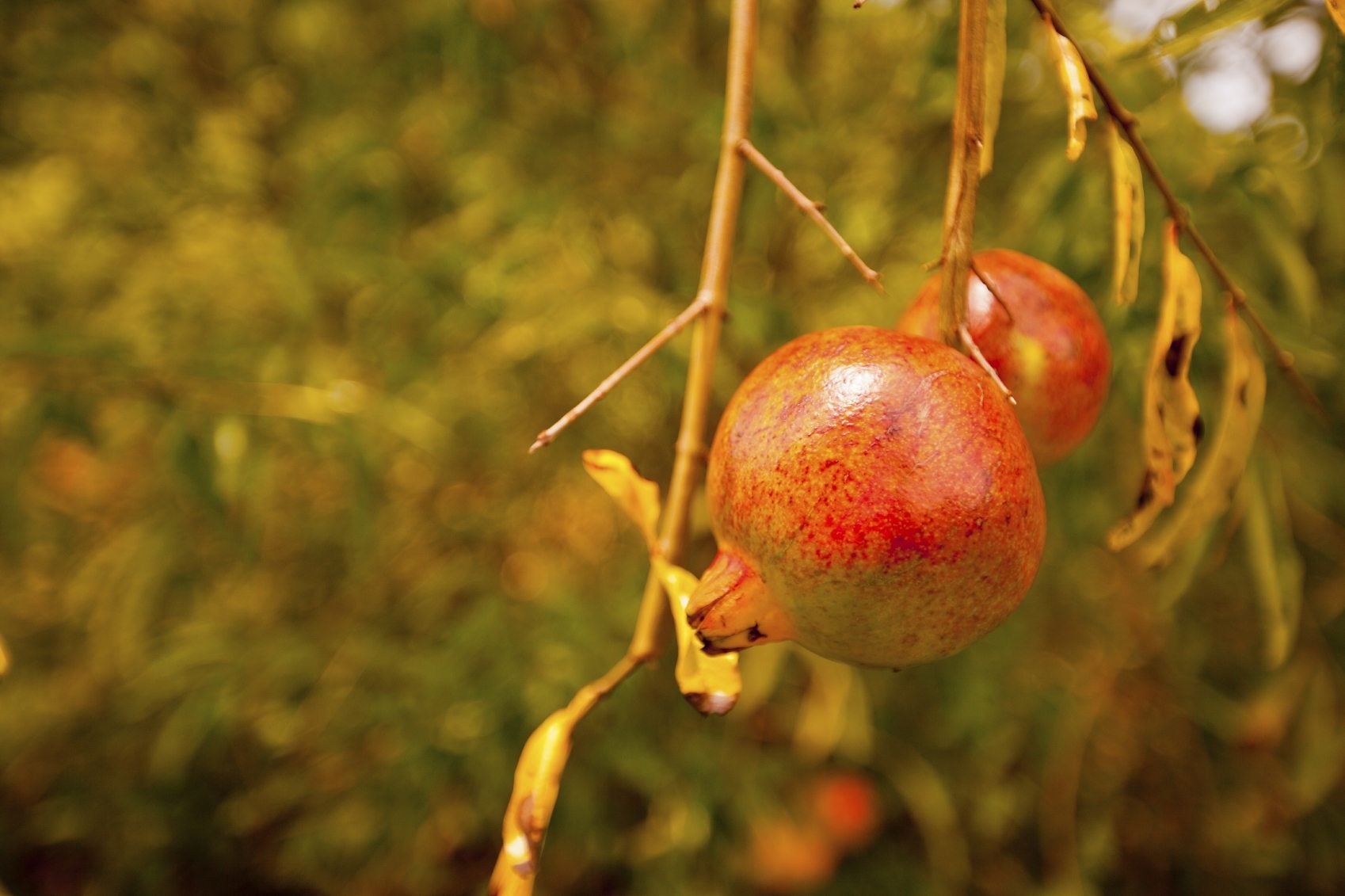 Pomegranate Tree Leaves Falling Off: Why Do Pomegranate Trees Lose Leaves
Pomegranate Tree Leaves Falling Off: Why Do Pomegranate Trees Lose LeavesPomegranates are typically grown for their fleshy, sweet-tart edible fruits. That being said, pomegranate leaf loss can be a frustrating problem for many gardeners. Click on the article that follows to learn why this happens.
By Karen Boness
-
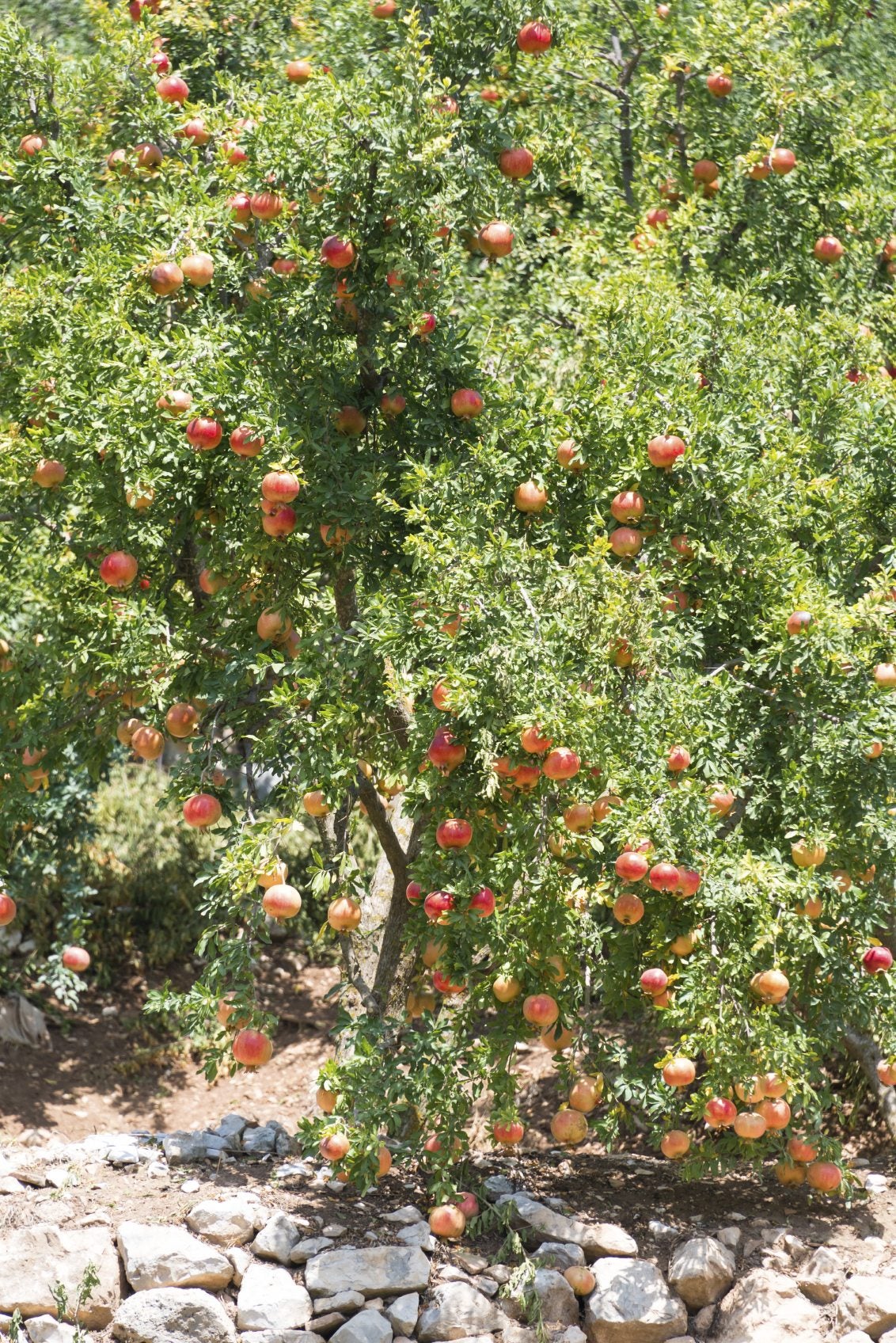 Pomegranate Tree Pruning – Learn About The Cutting Of Pomegranates
Pomegranate Tree Pruning – Learn About The Cutting Of PomegranatesIt is important to prune pomegranate trees properly if you want to increase fruit production and maintain an attractive form. Unfortunately, these two goals are in conflict. Learn more about pruning pomegranates in this article.
By Karen Boness
-
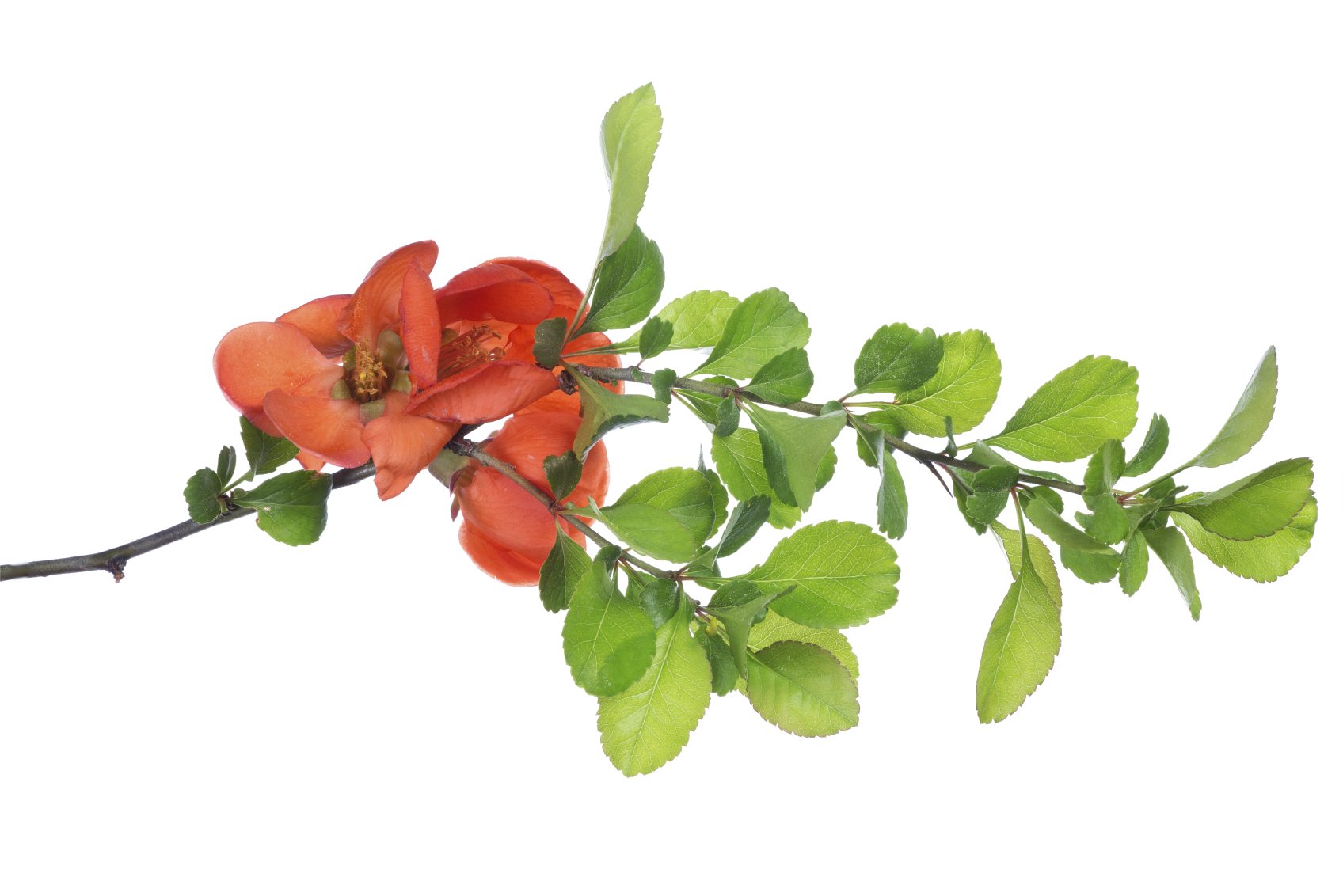 Propagating Pomegranate Trees: How To Root A Pomegranate Tree
Propagating Pomegranate Trees: How To Root A Pomegranate TreeGrowing a pomegranate tree from cuttings is cost-free and relatively easy. Find more information about how to root a pomegranate tree from pomegranate tree cuttings in the article that follows. Click here to learn about pomegranate propagation.
By Teo Spengler
-
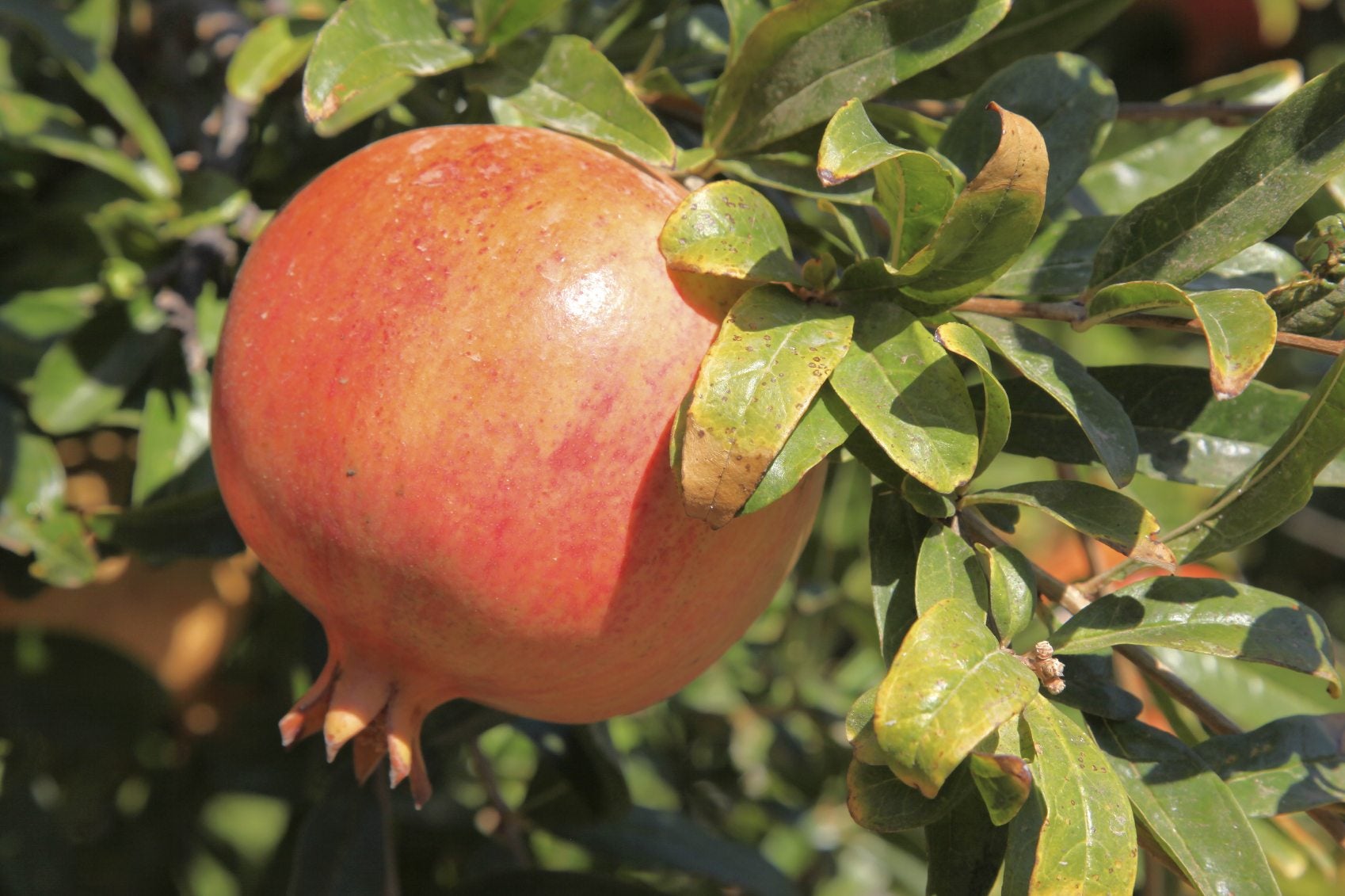 Pomegranate Leaf Curl: Why Pomegranate Tree Leaves Are Curling
Pomegranate Leaf Curl: Why Pomegranate Tree Leaves Are CurlingIf you're lucky enough to grow pomegranate trees where you are, you may occasionally see leaf curling. Several insects and disorders can cause pomegranate leaf problems. Find out why the leaves curl on pomegranates and what you can do about it in this article.
By Jackie Carroll